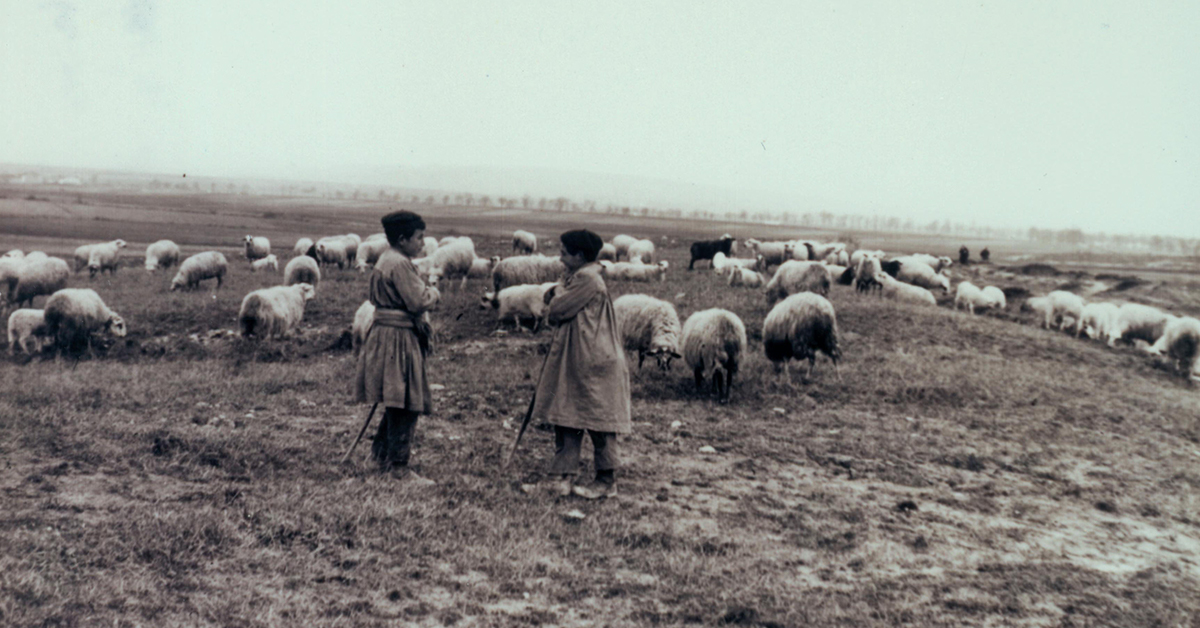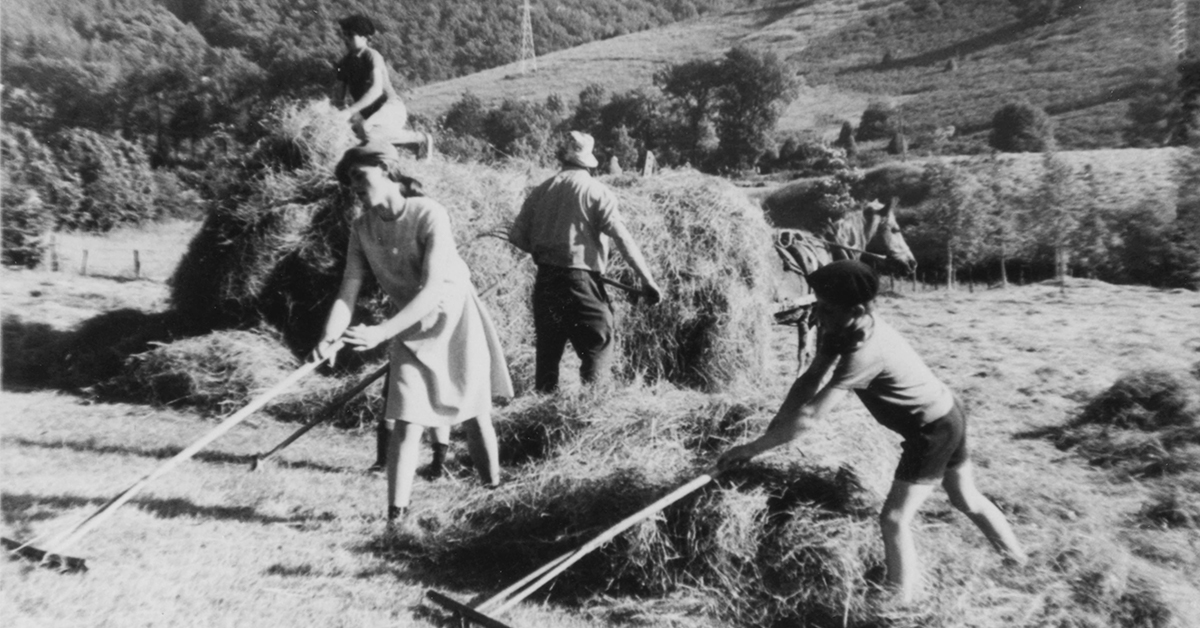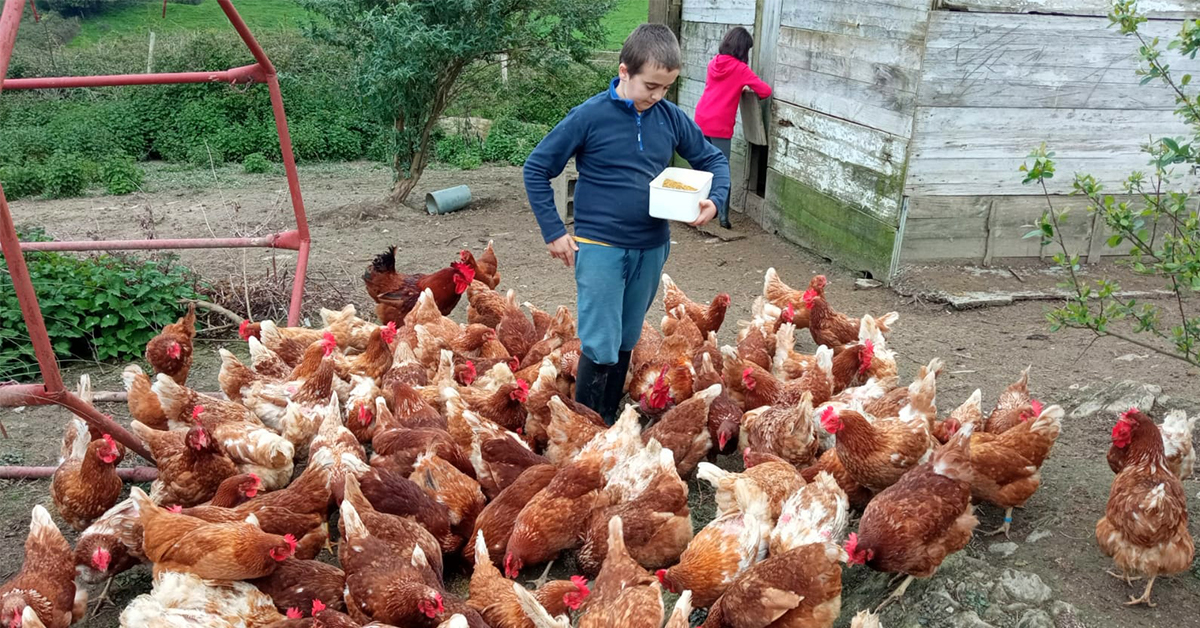Basque ethnography at a glance
There is an old saying from La pícara Justina that goes: “The only thing you know when you’re born is how to cry” and its versions include “no one is educated when they are born” and “nobody is born with knowledge”. That is relevant because the premise is that any job has a shorter or longer learning curve, but some people never really get past the starting line.
During the surveys on shepherding on Mount Oiz (Bizkaia), I remember talking to experienced shepherds who explained that shepherd boys (pastore-ikastailea) started when they were nine or ten years old and the apprenticeship lasted for at least three years. During that time, they were allowed to practice milking the ewes into small pots with the milk left in the udder once the shepherd had milked them. During shearing (ardimoztea), the shepherd boys started out shearing the wool from the animal’s belly and neck. When it came to slaughtering, they carried it out under the careful eye of the seasoned experts until they were ready to do it by themselves. They even did some of the tasks usually left to the sheepdog.
The process was similar when it came to agricultural and livestock farming. Children and adolescents began by looking after the livestock in the meadow. As they grew up, they helped their elders with their work, but using small tools appropriate for their age. They were entrusted with the small tasks such as carrying water from the fountain, holding the lamp in the barn where their father cleaned it and leading the pair of oxen when ploughing, which in Basque is known as itaurren ibili. Given the very different way girls were raised as children and adolescents, they mainly started with household tasks, helping their mothers and looking after their younger siblings, but did not mean they did not help with some of the work described above. They were often sent into service in homes in large towns.
Apprenticeships were also required in the industrial sector. Young people started as level 1 labourers to then become level 2 and 3 labourers, before becoming journeymen. The same system is used for anybody studying carpentry or metal as part of vocational training courses, who then go on to train as fitters or turners. In fishing towns, the people who enlisted specialised and were promoted according to their worth, for example from galley boy to cook and then to steward.
In Ancient Rome, the political career or ladder that a person had to climb to progress was known as cursus honorum, a term that has spread to other activities. Childhood was a time to learn adult trades and professions. People learnt to paint by attending the atelier of a master, which was also the case of sculpture, music, the dramatic arts, writing…
Lawyers start their professional life as articled clerks. Doctors have to study for the MIR (for a place as a resident) and then specialise. In academia, although this has changed, people started out as an adjunct lecturer, before becoming a professor and then full professor.
In short, apprenticeships and the need to follow a professional pathway to achieve experience and credit are essential in all fields.
Segundo Oar-Arteta
Etniker Bizkaia
Bibliography: Basque Ethnographic Atlas, volumes on Livestock Farming and Shepherding and Agriculture.




